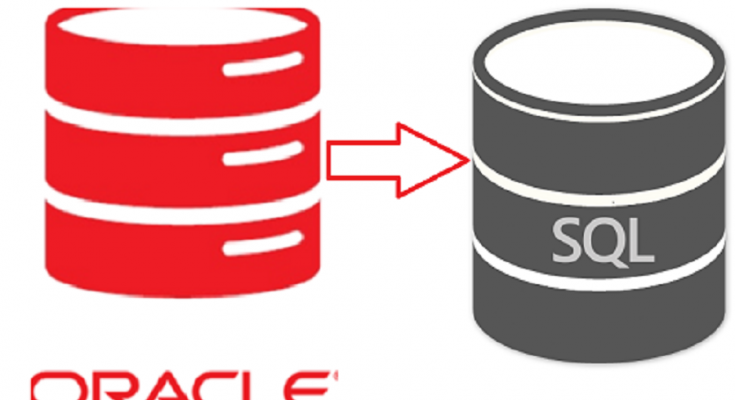Oracle is universally recognized as the industry’s leading DBMS, with an unparalleled combination of power and flexibility. It also has a high total cost of ownership and a stringent licensing process. Costs may be incurred for more complex features such as database encryption and dynamic data masking. However, SQL Server’s Enterprise Edition includes a lot of the same features out of the box. The most important factor in deciding whether or not to switch a database from Oracle to Microsoft SQL Server is this.
The process of migrating to a database may be challenging and time-consuming if done manually. One of the available migration solutions may be used to ease and automate this process. Let’s figure out what features are must-haves for software of this kind.
It is anticipated that the Oracle to SQL Server migration tool will function with Oracle on Unix, Linux, and Windows. It would be great if Azure SQL, Microsoft’s cloud-based relational database management system, was supported.
Additionally, you’ll need the following to use an Oracle to SQL Server converter:
- Table definitions, primary keys, indexes, and constraints may all be converted.
- LOBs, spatial, JSON, and XML are just some of the data formats that Oracle supports.
- Oracle view conversion to Microsoft SQL Server format is an option
Oracle data may be merged into or replaced with an existing SQL Server table, and the two systems can be synchronized.
The ability to provide arguments to the command prompt
- Unicode character sets are supported.
- A simple and straightforward interface
Microsoft has produced a program called SQL Server Migration Assistant that may be used to transfer data from Oracle to SQL Server (SSMA). The SSMA algorithm for a working cycle is as follows:
- Establish a connection to an Oracle database
- Join SQL Server as the last resting place for your data.
- Create T-SQL statements from Oracle database objects
- Execute pre-generated statements
- Transfer information
Despite having all of the aforementioned features and capabilities, SSMA does have certain restrictions that should be considered when organizing an Oracle to SQL Server migration:
- Certain versions of Microsoft SQL Express are not supported.
- It necessitated additional components such as the Oracle Client Provider or the OLEDB provider as a middleman.
- The ‘ssmatesterdb’ service database is installed on the target server by the application.
Intelligent Converters, a developer of solutions for database conversion and synchronization, has created an alternative tool called the Oracle to SQL Server converter. It offers additional benefits on top of the ones already mentioned:
- The converter may export Oracle tables into a T-SQL script file with data definition (DDL) statements to construct tables with all indexes and constraints and to load the data when the destination SQL Server or Azure SQL does not permit remote connections. In the future, the person in charge of the database migration may use the regular client tools to import that script file into SQL Server or Azure SQL.
- Note that certain projects may need data transfer in stages or the consolidation of data from numerous tables into one. If you’re migrating from Oracle to SQL Server and want to save your query results, the converter lets you do so.
- Altering the table’s resultant columns’ names or types may be necessary in certain cases. The “custom column mapping” function of the migration tool is intended for just such a reason. Each column in a SQL Server or Azure SQL database may have its name, data type, and other properties modified, and individual columns can be omitted from the migration process.
If you want more details about the Oracle to SQL Server converter offered by the manufacturer, check out their official website.




